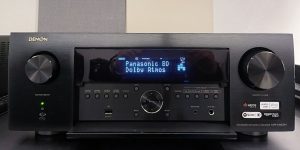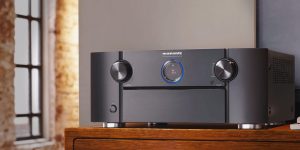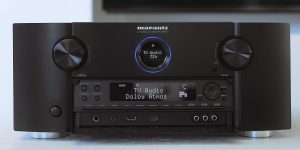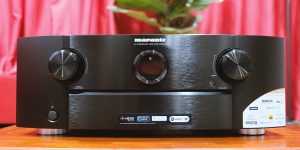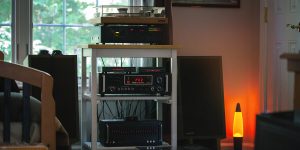Today, we all value entertainment as a crucial aspect of our lives, and possessing a top-notch home media system can greatly enhance our enjoyment of film and music. A key element in constructing a modern home media system is a multi-zone receiver, which enables the distribution of audio and video signals across various rooms or zones within your residence. Today, I’ll share my insights on such devices and why they’re becoming an important component of modern home media systems. Let’s dive in!
Multi-zone receiver features
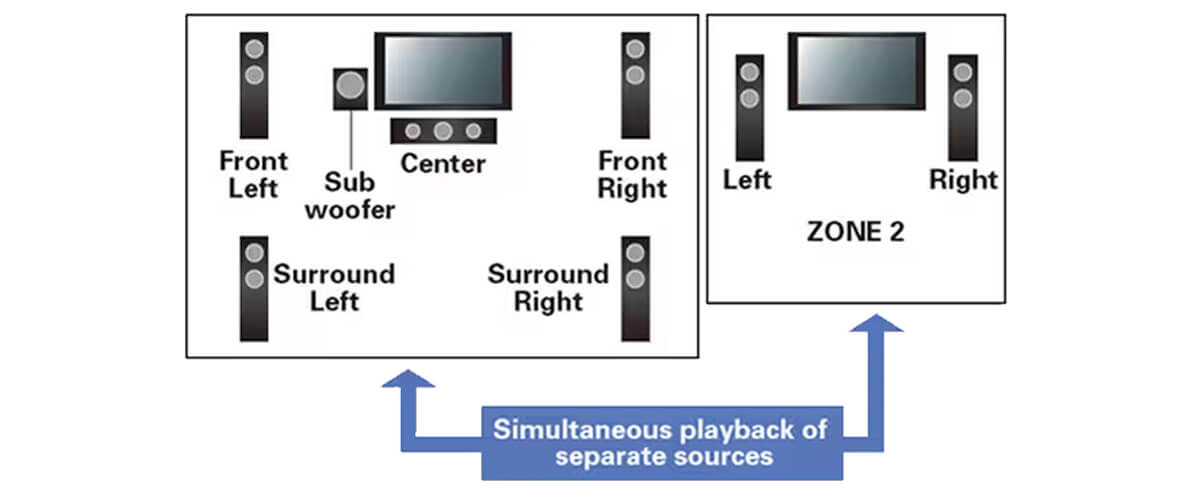
To better understand the significance of multi-zone AV receivers, I suggest you explore their main features and capabilities. These versatile devices are designed to cater to a household’s different audio and video needs by managing multiple zones independently.
Independent Volume Control
This feature allows you to adjust the volume in each zone separately without affecting the others. For example, imagine you’re hosting a party and want the music to be loud in the living room but more subtle in the dining area. Such a receiver with independent volume control lets you easily achieve that balance. It’s a game-changer for customizing the audio experience in your home.
Source Selection
Another capability of these models that I like is source selection. This allows you to simultaneously play different audio or video sources in different zones. So, for instance, you could be watching a movie in the living room while your kids play video games in their bedroom, or your spouse listens to music in the kitchen – all from a single receiver! I think you’ll agree this flexibility is a must-have in today’s fast-paced, entertainment-driven world.
Room-to-Room Control
With this functionality, you can control the settings of each zone from a single interface or even use a smartphone app. Imagine adjusting the volume, selecting the source, or turning off the system in one room while you’re in another – it’s as simple as that. This level of convenience is what makes multi-zone receivers an integral part of modern home media systems.
Benefits of multi-zone av receivers
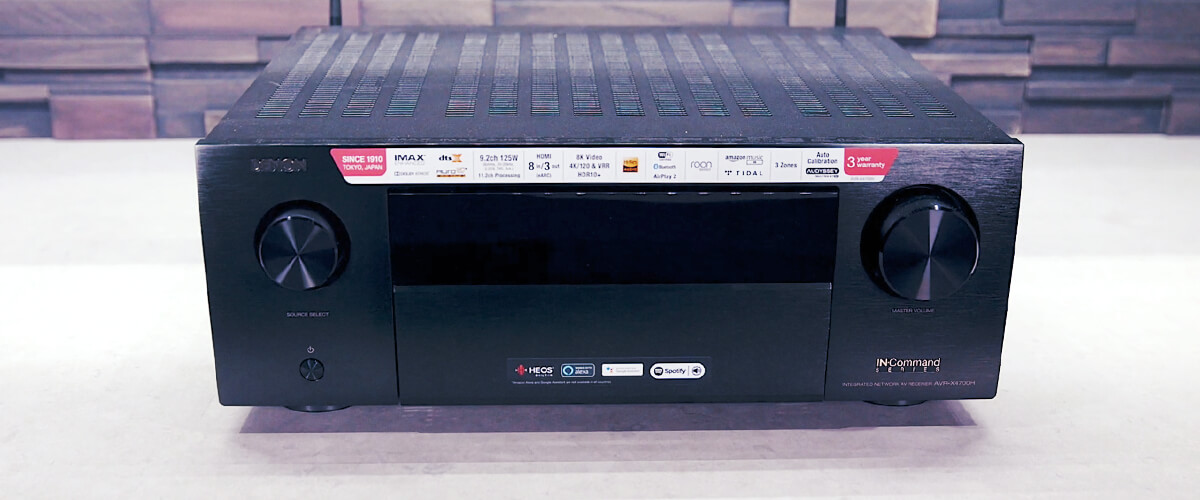
As a person who’s spent a lot of time testing 2-zone and 3-zone AV receivers, I’ve discovered the numerous advantages these devices have to offer. Let’s see how they can improve your home entertainment experience.
- Unparalleled flexibility. With the ability to manage multiple audio and video sources, these devices let you customize your home entertainment to suit the needs of everyone in the household.
- Enhanced control. By using a single interface or a smartphone app, you can easily control the settings for each zone. Adjust the volume, switch sources, or power down a specific room without even having to be there – pretty impressive, don’t you think?.
- Energy efficiency. By only powering the zones that are in use, you’re able to conserve energy and reduce your overall electricity consumption. In today’s eco-conscious world, every little bit helps.
Tips for setting up a multi-zone audio system
Setting up a multi-zone audio system can be challenging, but with the right approach and equipment, you can achieve a high-quality, personalized audio experience throughout your home. I’d like to share some useful tips to help you achieve this goal.
Assessing your space
First, take some time to consider the size of each room, the layout, and any potential obstacles that could affect the audio quality.
Let’s say you have an open-concept living and dining area, a separate kitchen, and a home office. In this scenario, you might want to create three audio zones: one for the living/dining area, one for the kitchen, and one for the office.
Additionally, you’ll need to take into account factors like high ceilings, large windows, or furniture arrangements that could impact speaker placement and audio performance. This assessment will help you determine the number of zones you need, as well as the types of speakers and equipment that would work best for your unique situation. Remember, planning is key!
Choosing the right equipment
For a multi-zone audio system, you’ll need a compatible receiver, speakers, and, of course, cables or wireless connections. When selecting the receiver’s model, make sure it supports multi-zone functionality and has enough inputs and outputs for all your devices. In case you have a turntable, a Blu-ray player, a game console, and a streaming device – you’ll want to ensure the receiver can accommodate all of these sources.
As for speakers, consider both wired and wireless options – each has pros and cons. Wired speakers may offer more reliable connectivity, while wireless speakers provide greater flexibility in placement without the hassle of running cables.

Proper speaker placement
Correctly positioning your speakers is very important for achieving optimal audio performance. Generally, you’ll want to place speakers in corners or along walls for even sound distribution. Imagine you have a rectangular living room with a TV at one end and a seating area at the other – placing floor-standing speakers in the front corners and surround speakers along the side walls can create an immersive audio experience.
However, depending on the room’s size, shape, and acoustics, this might vary. Take some time to experiment with different placements and listen to the sound quality in each zone, such as moving the surround speakers slightly forward or backward to fine-tune the audio. Trust me, your ears will thank you!
Optimize your network for wireless speakers
If you decide to go with wireless speakers for your multi-zone audio system, I suggest you consider optimizing your home network for seamless connectivity and performance. Wireless speakers rely on a stable Wi-Fi connection to work effectively, and a weak or congested network can lead to audio dropouts or synchronization issues. You can also consider upgrading your router to a model that supports the latest Wi-Fi standards and offers better coverage. Additionally, you may want to create a separate Wi-Fi network exclusively for your audio system to reduce interference from other devices.
Hiring professional help if needed
Lastly, if you’re unsure about setting up a multi-zone audio system on your own, don’t hesitate to hire professional help. Skilled technicians can assess your space, recommend the right equipment, and ensure proper installation. While it might be an additional expense, peace of mind and the correct equipment operation will be provided.

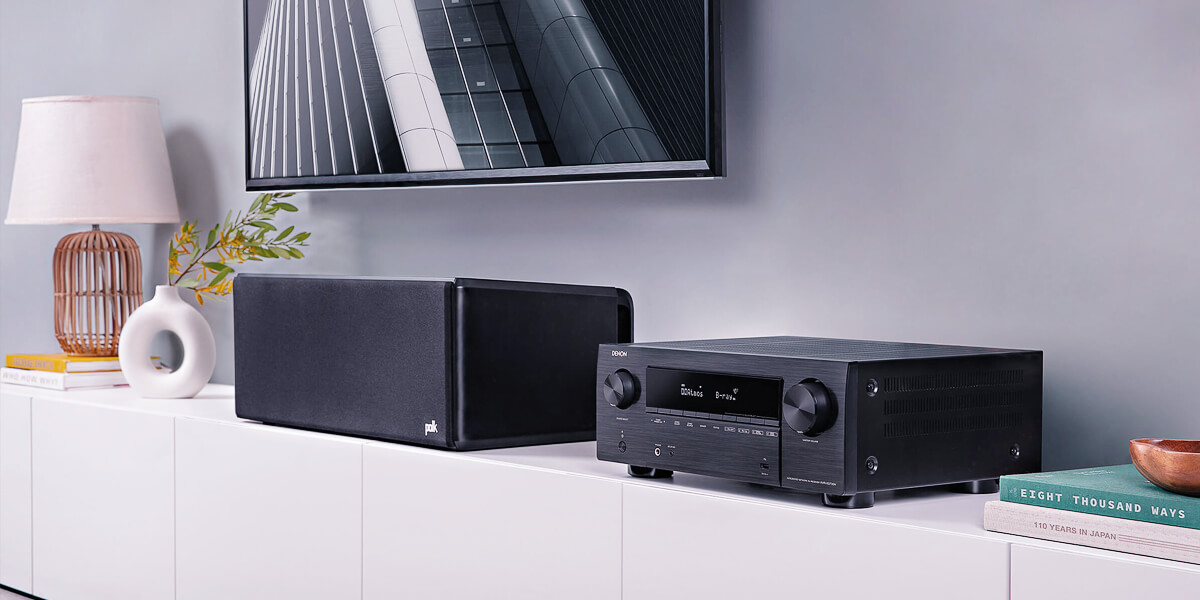


![Best 2-Channel Receiver [Expert Reviews and Buying Guide]](https://hometheaterology.com/wp-content/uploads/2023/11/best-2-channel-receiver-stereo-300x150.jpg)

